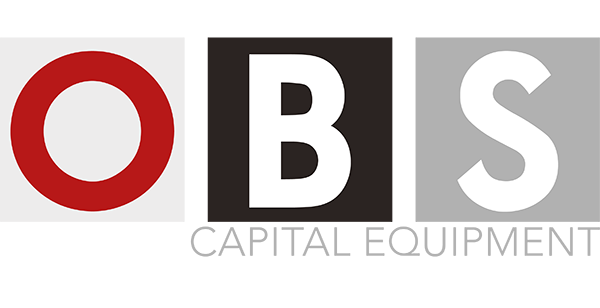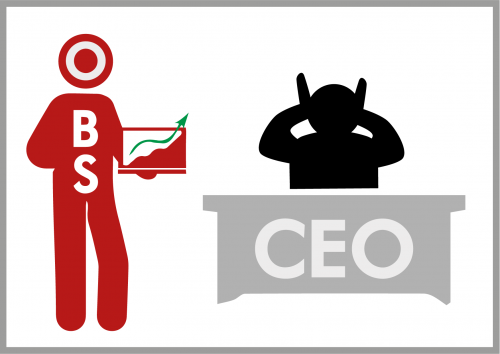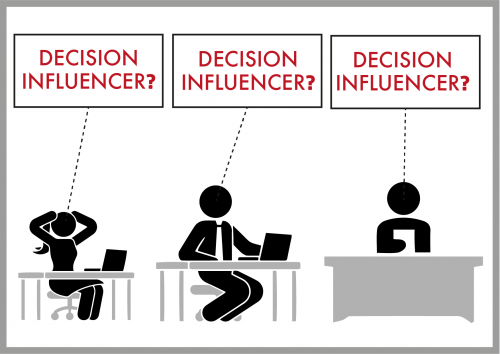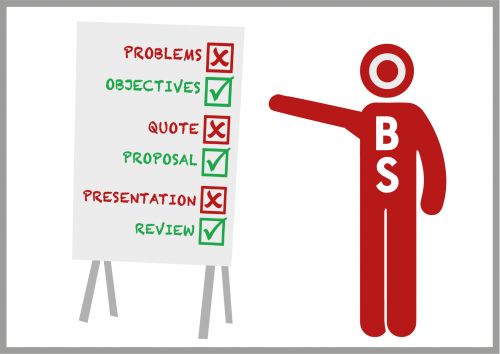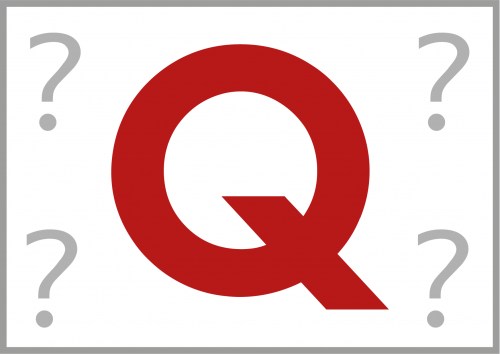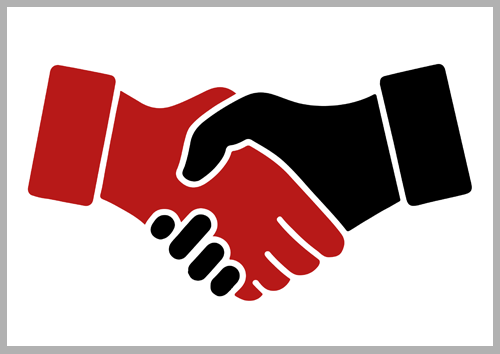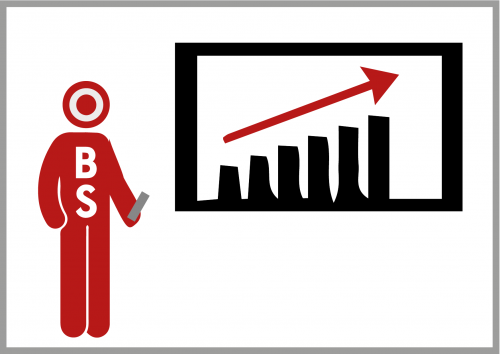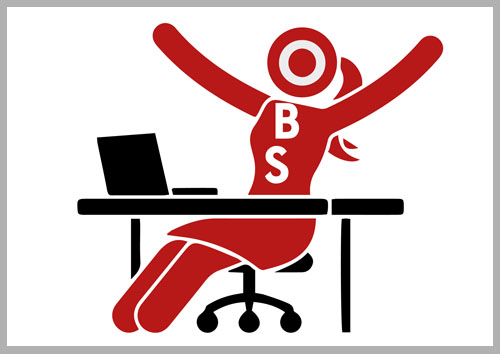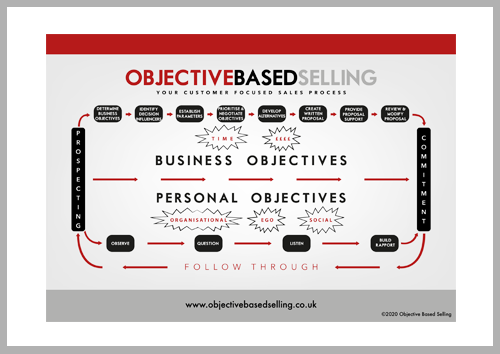Salespeople often make, and repeat, common mistakes which cost them sales. Moreover, having obtained the sale, these mistakes cost them gross margin. Loss of sales or reduced gross margin means less income for both the salesperson and the company.
This report lists salespeople’s most common, costly, sales mistakes.
TALKING TOO MUCH
Perhaps the most common stereotype of salespeople is “fast talkers with the gift of the gab.” This is because many salespeople do talk too much. Dominating the conversation gives the impression that salespeople believe they can use words to bludgeon the customer into buying from them. Or, perhaps they can “persuade” the customer with their product’s features & benefits and superior logic.
NOT LISTENING
Even when salespeople finally stop talking, they don’t always start listening. Often, they just stop and wait their turn to talk again. Yet, with the right questions from the salesperson, customers will tell salespeople how to sell to them, but only if the salespeople are listening; actively listening.
Taking notes is one technique of active listening; another is restating in their own words what they thought they heard the customer say: “As I understand it….” Salespeople should examine their practices and determine if they are really listening, or simply not talking.
USING FEATURES TO ‘PROVE’ THEIR PRODUCT IS BETTER
Business customers aren’t buying features. They are buying a means of reaching their objectives, or, in other words, solutions to problems. Product features only mean something to a customer when they directly address an objective or need which the customer acknowledges.
HANDING OUT BROCHURES TOO EARLY & TOO OFTEN
Materials handling equipment salespeople often sell tangible, physical items. As such, they have access to lots of brochures filled with pictures, cut-away drawings and specifications. And salespeople love to hand, or mail or email, a brochure to customers, early and often. Yet brochures don’t sell anything. In fact, the easiest way to get rid of a salesperson is to say “Give me a brochure and I’ll look at it and get back to you.” It is hard to picture a customer poring over a brochure, then suddenly and excitedly calling to say “Wow, great brochure. I’ll take that!”
PROVIDING PRICING INFORMATION TOO EARLY IN THE PROCESS
Customers want to talk price. Early in the sales process they ask questions like “What’s your ballpark price?” Salespeople often respond with numbers before they know enough to give a realistic estimate. And whatever price given will be the highest price the customer will ever want to pay. How can the salesperson give a price when they don’t know the client’s story? Don’t give a price until you have:
- Asked questions
- Listened
- Understood their needs
- Developed the relationship
PROVIDING DELIVERY INFORMATION TOO EARLY IN THE PROCESS
Another question seemingly programmed into every customer’s DNA is some form of “What’s your delivery?” The salesperson’s reaction all too often is to blurt out what is really just a “guesstimate”. Better to defer answering this question until closer to the time of placing the order when a more precise reply can be given. What is more, this question can be effectively used to move a customer closer to actual commitment, as delivery times usually depend on when the order is placed.
FOCUSING THE PROPOSAL ON THE PRICE
When salespeople give customers proposals (all too often called “quotes” or “bids”), the customer almost immediately goes to “the price.” And when the customer hears “the price,” the selling stops. The customer mentally compares the price to budgets, previous purchases, decision criteria and competitors’ prices. Anything except focusing on the fact that the salesperson’s proposal will help them meet their objectives.
UTILISING ELECTRONIC COMMUNICATIONS TOO OFTEN TO BUILD & MAINTAIN RELATIONSHIPS
Email, text messaging, voicemail, instant messaging, website response mechanisms, video conferencing, webinars…they all save time, are relatively inexpensive and seem so convenient. Customers not only hide behind them, they often encourage their use in place of real human contact such as phone conversations and personal meetings. The problem with electronic communication methods is they are, well, electronic. This means they are often impersonal, inhibit the kind of personal contact that builds relationships and don’t easily allow the reading of a customer’s reactions.
NEGLECTING RELATIONSHIPS WITH GOOD CUSTOMERS
It’s easy to take customers for granted, particularly when your product and company are in their automatic reorder programme and the orders keep on coming. Then, something changes (and in materials handling equipment, things are always changing) such as pricing, delivery, specifications, supervisors or competition and the orders dry up. And without a well-maintained relationship, there is no warning.
POORLY TIMED, UNFOCUSED, ILL-ADVISED SAMPLES, DEMOS, SITE VISITS & SIMULATIONS
A natural request of a customer when considering something new is:
- “Can we see one?”
- “Can we try it out?”
- “Can we visit an operation where it’s in use?”
And a natural response for the salesperson is “Sure!” Salespeople often beat customers to the punch, offering a sample, demonstration or site visit even before the customer asks for one. These seem to be variations on the old sales technique, the “Puppy Dog Close”. Once they touch it and pet it, how can they send it back? Well, they can. And often do. The list of factors causing ineffective use of samples, demonstrations, videos and site visits is long. These can indeed be effective tools for materials handling equipment salespeople. However, this requires strict control, with a focus on clear customer objectives & parameters, with the right people present, showing exactly the right items and conducted at the most appropriate, pivotal time in the sales process.
SUMMARY
We’ve seen some of the most common, costly, repeated mistakes that materials handling equipment salespeople make. Objective Based Selling gives salespeople the tools & techniques to encourage customers to talk, effectively telling YOU how to sell your company’s products or services to them.
DOWNLOAD THE FULL ARTICLE AND MORE HERE.
